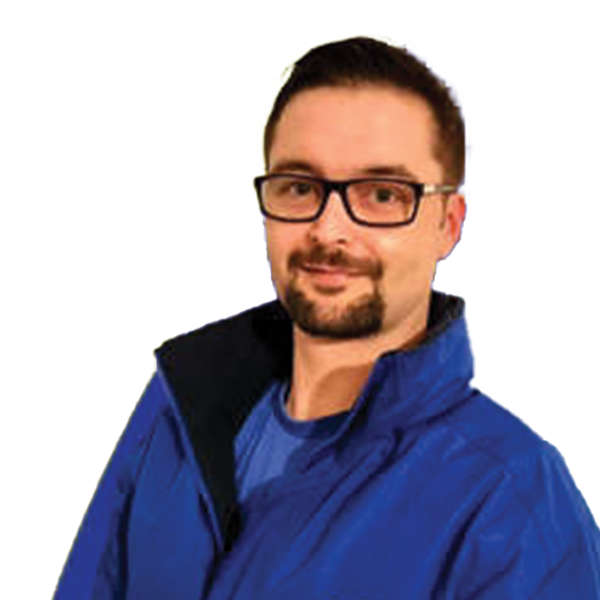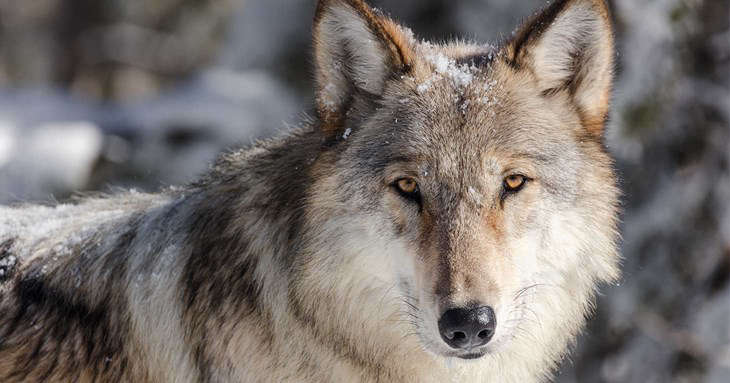
Wild explores our relationship with the natural world and unique approaches to environmental recovery.
The exhibition will look at how people are creating, rebuilding, and repairing connections with nature, and how we can tackle the climate and biodiversity crisis by making our world, and local environments, more wild.
This July visitors to Exeter City Council’s Royal Albert Memorial Museum & Art Gallery (RAMM) will be introduced to five wild places across the globe and hear a diverse range of voices, from Aboriginal elders to researchers to community activists, to discover how they are all looking to ‘wild’ for a more positive future. In one case, the restoration of traditional practices is helping to heal both the land and the people. In others, biodiversity has exploded where farmland has been rewilded and the reintroduction of animal species is helping to restore ecological balance.
Featuring audio, film and interactive elements, alongside natural history collections and artworks, ‘Wild’ prompts visitors to notice the biodiversity and heritage of wild places and invites us to question our relationships with the natural world.
The balance between landscaped and abandoned spaces in post-industrial urban landscapes are also examined, in the context of Exeter’s ambition to become a 'greener' city that embraces nature. The exhibition raises questions about the biodiversity of man-made green spaces and the challenges of coexisting with nature in urban environments. Visitors will also have the opportunity to learn more about Devon’s beaver population and see the museum’s recently acquired beaver specimen.
The other featured wild places are Knepp Rewilding Project, West Sussex; Lamlash Bay, Arran, North Ayrshire; Noongar Nowanup Boodja, Western Australia; and Yellowstone National Park, USA.
These places have historically been shaped by people to support farming, hunting, fishing, housing and industry - frequently to the detriment of the health of land, people and nature, and leading to a significant reduction in biodiversity and kinship connections between plants, animals, people and place.
At the Knepp Rewilding Project in West Sussex, a failing farm has been rewilded and transformed into a place of natural abundance. In 2002 free-roaming grazers were introduced to transform the land and recreate dynamic and biodiverse ecosystems. Knepp is one of the UK’s leading rewilding sites and an experiment in land stewardship that prioritises biodiversity.
Community-led action in Arran, to protect and restore Lamlash Bay’s marine ecosystem highlights the impact of overfishing and dredging. In 2008, following a community-led campaign, Scotland’s first protected No-Take Zone for marine regeneration and conservation was established, enabling a wide variety of marine life to thrive again. (This story also features in the impactful new documentary film, Ocean with David Attenborough).
More than 100 years ago native bushland was cleared by colonial settlers in Western Australia to establish farmland. An Aboriginal-led cultural revegetation project, Nowanup Noongar Boodja, is healing Country to heal people. The Country is being revitalised through planting and the return of traditional practices, showing the importance of making decisions for current and future generations that strengthen cultural connections with the past.
Yellowstone National Park, the USA’s first national park established in 1872, played a pivotal role in the birth of ‘fortress conservation’ and the ‘wilderness movement’ and saw the forced removal of Indigenous people. The exhibition explores how the impact of colonial violence wiped out the area’s native wolves and later a government-level decision to reintroduce wolves impacted local communities and their relationships with wildlife. Today, the reintroduction of wolves is contributing to the restoration of ecological balance to the area.
Wild also explores how the natural world has traditionally been presented and idealised through Western art, from pastoral scenes to epic landscapes, and representations in popular culture. The exhibition features a new commission from RAMM by Devon artist Sarah Gillespie. Sarah’s work explores the vital roles moths hold in the wildlife ecosystem, and her haunting new piece exposes the dramatic decline of the Garden Tiger Moth (Arctia caja) in the UK.
RAMM’s curator of Natural History Holly Morgenroth, says:
“This exhibition is the perfect opportunity to tell local stories of hope within an international context. The beaver is the very first mammal to be reintroduced to England, a landmark moment that happened just 13 miles from RAMM. Through specimens, paintings, models, digital media and contemporary art, Wild offers tangible ways visitors can support the natural world around them: come in and see, go out and do.”
Cllr Bob Foale, Exeter’s lead for Arts, Culture and Tourism adds:
“Wild is one of Europe’s first large-scale exhibitions to look at how people are working to make the world around them more ‘wild’. Having declared a climate emergency in 2019, Exeter takes its commitment to working towards a sustainable future seriously. We’re delighted to welcome this important exhibition to our city.”
‘Wild’ opens at RAMM 26 July 2025, to 4 January 2026. Tickets from £3, under 19s and carers free. rammuseum.org.uk/wild

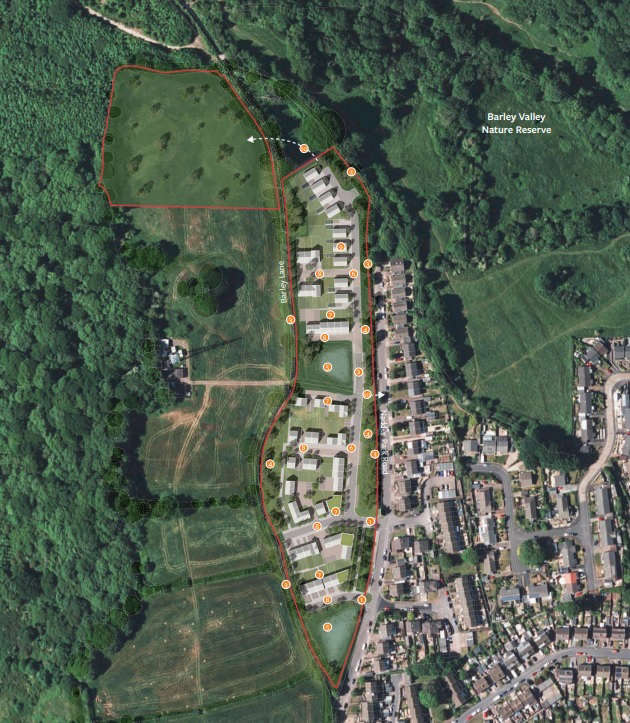 Exeter ‘skyline’ homes scheme thrown out
Exeter ‘skyline’ homes scheme thrown out
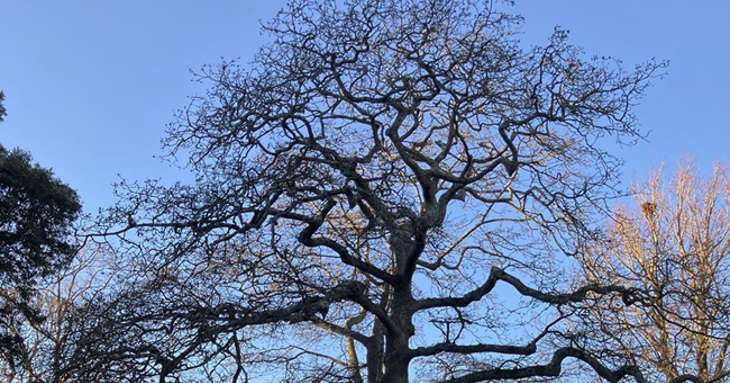 Essential tree works at Exmouth’s Manor Gardens to begin on 8 December
Essential tree works at Exmouth’s Manor Gardens to begin on 8 December
 Devon, Plymouth and Torbay launch pilot to transform work experience for young people across rural and coastal communities
Devon, Plymouth and Torbay launch pilot to transform work experience for young people across rural and coastal communities
 Have your say: Final consultation on East Devon’s new Local Plan
Have your say: Final consultation on East Devon’s new Local Plan
 WANTED | Damien Clay, Exeter
WANTED | Damien Clay, Exeter
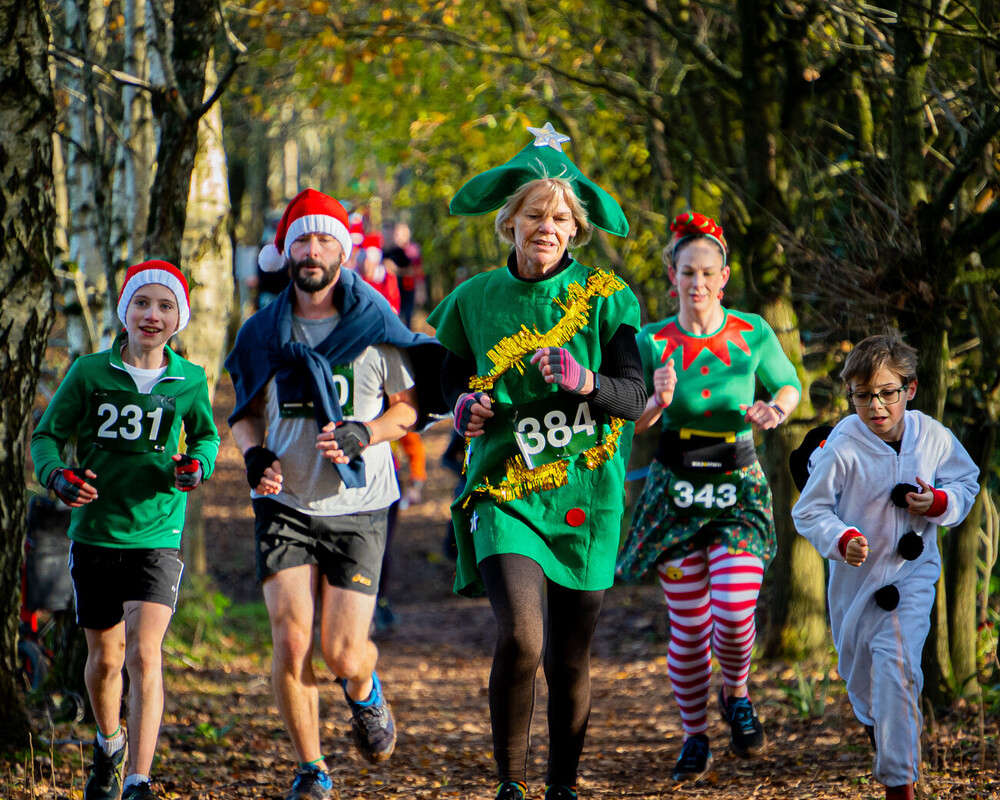 Joggers jingled all the way for Hospiscare
Joggers jingled all the way for Hospiscare
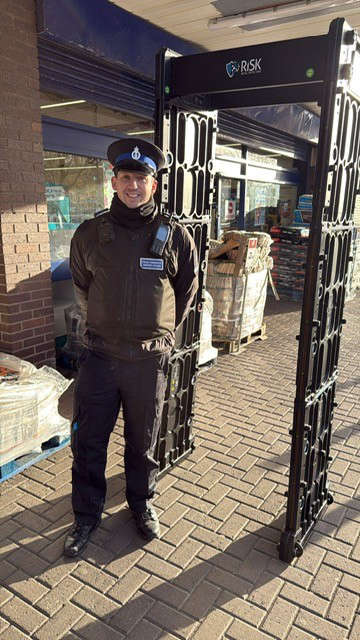 Responsible retailers and public awareness are key to knife safety
Responsible retailers and public awareness are key to knife safety
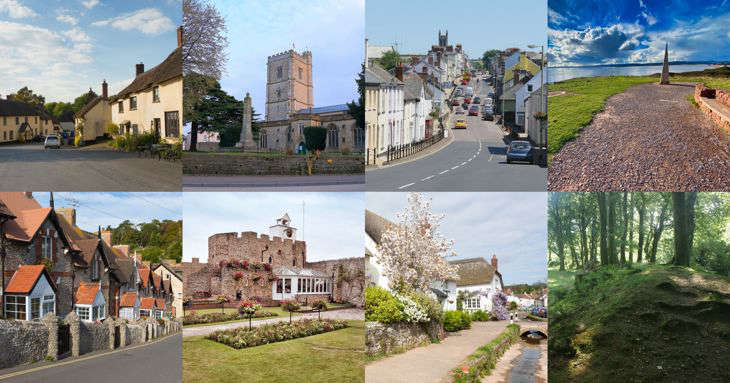 Have your say on East Devon’s Heritage Strategy
Have your say on East Devon’s Heritage Strategy






